| |
| |
Photographer,
Location |
Images |
Comments |
|
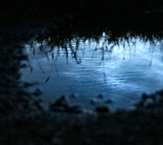
|
Douglas Cooper,
Looking north from David Stirling memorial statue near Stirling, Scotland
Jul. 12, 2009 |
#1,
#2,
#3 |
NLC display from Central Scotland on 12th July 2009, including reflection in a puddle. Best display for a long time. ISS also made an appearance.
Nikon 28mm manual lens on Canon 400D camera.
|
|
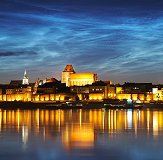
|
Piotr Majewski,
Torun, Poland
Jul. 13, 2009 |
#1 |
This was unusual meeting of gothic miracle (Torun, the City of Copernicus) with the heavenly miracle of NLC. I have NEVER seen such bright, large and detailed NLC's! They could be spotted right after sunset, believe it or not, and reached over 40 degrees over horizon, what is unexpected on Poland's latitude. Photo details: Nikon D700 with Nikkor 24-70 lens, 8s exposure @ ISO 200.
|
|

|
Koen van Gorp,
Sombeke, Belgium
Jul. 13, 2009 |
#1,
#2, #3,
#4, more |
A very bright display was visible during the dusk and dawn. I found the morning display especially striking with NLCs visible until 30 minutes before sunrise. Photo details: Canon Eos 40D with various lenses and exposures. A movie can be found on my webpage.
|
|
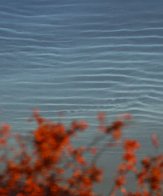
|
Geoff Arnold,
Malden Rushett, Surrey, UK
Jul. 12, 2009 |
#1 |
Despite having to shoot between the bright orange streetlighting I finally captured my first NLCs! Some detail of the waves from what was a very fine display indeed. Canon 350D ISO:800 1/5sec Lens:100mm f/2 (22:45 GMT+1)
|
|
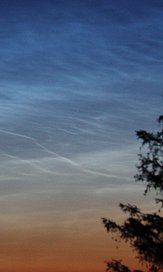
|
Dan Earl,
Grass Valley, Oregon
Jul. 13, 2009 |
#1,
#2, #3,
#4 |
I Took these pictures Monday July 13 from Grass Valley Oregon. Pretty good display. I have been looking for NLCs off and on from this location for a couple of years. Tonight, I had no doubt what I was looking at!
Photographed with a Canon 40d piggybacked on my Nexstar 11GPS. (I was setting up for an evening of observing when I noticed the very bright NLCs.)
|
|
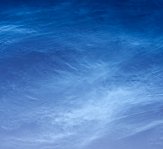
|
Magnus Olsson,
Close to Helsingborg, Sweden.
Jul. 13, 2009 |
#1 |
I was driving home from a show and it was cloudy (normal clouds), then it went clear really fast and these noctilucent clouds appeared on the sky 20-30 minutes later in a north direction.
There where loads of them but not really that bright.
They all disappeared really fast again but I managed to get 6-7 photos before they went away.
Canon EOS40D, Canon 24-70 2.8 USM, ISO 100, 6.0s at 2/8.
|
|
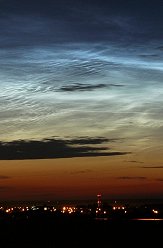
|
Michał Nyklewicz,
Poland at 51.6° latitude.
Jul. 13, 2009 |
#1,
#2,
#3,
#4 |
Best NLC show I've seen, a lot of details and ripples in the clouds, an amazing sight. There was also a volcanic sunset but not so great actually.
Panasonic DMC-FZ8
|
more
images: from
Milada Moudra of Prague, Czech Republic; from
Jamie Cooper of Northamptonshire, UK; from
Kristina Południewska of Wielkie Buki, Pomorze Zachodnie,
Poland; from
Pavol Rapavy of Rimavska Sobota, Slovakia; from
Ágnes Őri of Jobbágyi, Hungary; from
Tomáš Maruška of Bratislava, Slovakia; from
Tamas Ladanyi of Bakonybel, Hungary; from
Pavel Klimes of Hostivice, Czech Republic; from
Pavel Gabzdyl of Brno, Czech Republic; from
Robert B Slobins of Prague, Czech Republic; from
Tomasz Adam of Miedzianka, Poland; from
Peter McCabe of Dublin Airport Ireland
|
|








